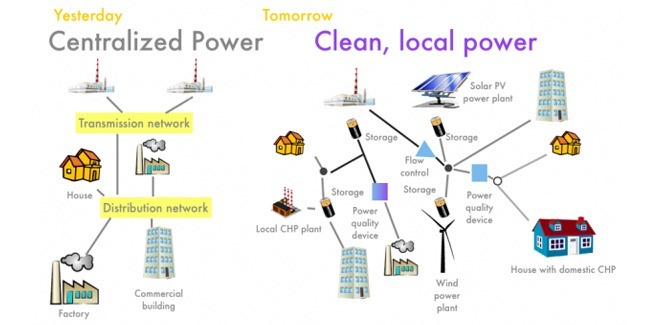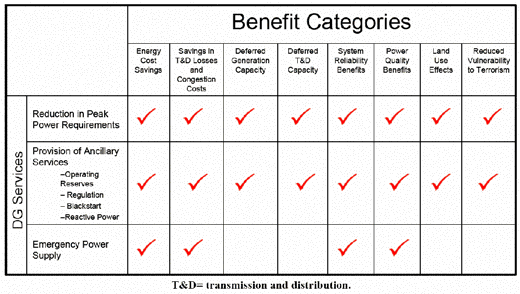
One of the benefits of the size and portability of APL products is that they allow distributed generation (DG), which is especially important with biomass power.
DG has many advantages in general over large-scale grid power, mostly due to their more granular and responsive installation and operation, and the reduction in transmission infrastructure. The main advantage of utility-scale installations is via the efficiencies of scale and their cost-per-watt buildout advantage. However, the highly dynamic nature of power demands on the electrical grid requires that significant over capacity be built in and left at idle to meet demand spikes, which counters some of this advantage.
One of the main dangers and arguments raised against biomass power plants are the potential land-use impacts of reliance on huge quantities of plant material necessary to fuel them. Beyond potential social or economic impacts of shifting land use priorities, beneficial carbon accounting of biomass power hinges on the sustainability and impact of the fuel sources.
While large-scale biomass power can certainly be done sustainably using forestry, agricultural and other waste streams, the economics become more problematic given the hunger of a larger, fixed plant, which may motivate operators to source less-sustainable fuel. This large volume also makes it inevitable that the transport costs, both economically and in terms of the fuel and therefore carbon released in transport, are higher. The worst-case scenario might involve clear cutting healthy forest, thereby losing its powerful carbon uptake, then shipping the trees long distances by truck to be fuel an inefficient converted coal plant. DG reduces the chances of such a carbon positive scenario to near zero, and the inevitable proximity of DG biomass plants results in inherently smaller carbon footprints. Their flexibility also allows DG plants to be not only closer to their fuel supply but also allows operators to selectively source more intrinsically sustainable fuel supplies. For instance, many waste streams have significant management costs that could become central in a biomass plant’s business model, allowing the value of the power generated to serve to increase profit margins. This also allows selection of installation in a area with access to fuel where the carbon in the biomass would have followed a less sustainable return to the atmosphere, such as by open burning or anaerobic decomposition.

